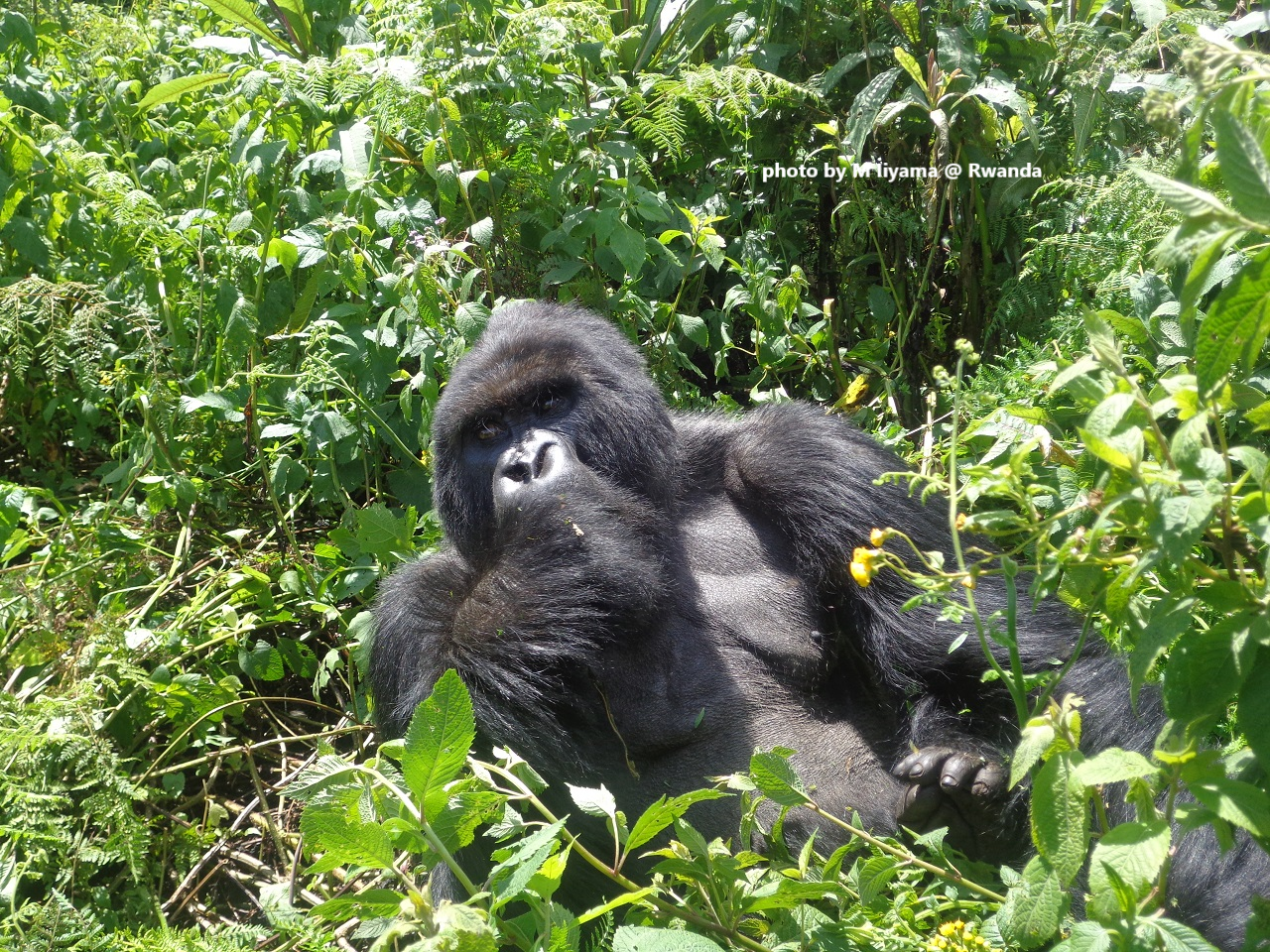Pick Up
518. Biodiversity Footprint of International Trade

The 15th Conference of the Parties (COP 15) to the United Nations Convention on Biological Diversity will be held this year, and 2022 holds the fate of achieving the biodiversity agenda.
A paper recently published in Scientific Reports quantified and categorized the extinction-risk footprint of 188 countries. The paper is based on the premise that biodiversity, which plays a vital role in providing ecosystem services that support humanity, is now under threat, and biodiversity loss will continue without significant intervention. Biodiversity loss is particularly attributed to human activities, both directly through the loss of habitats and indirectly through climate change. These threats are often caused by consumption of products and services in areas far-removed from the affected species, and it is therefore necessary to quantify and categorize extinction-risk footprints.
The analysis estimated that 76 countries, mainly in Europe, North America, and East Asia, are categorized as net importers of extinction-risk footprints. On the other hand, 16 countries, mainly in Africa, are categorized as net exporters. For the remaining 96 countries, domestic consumption is the largest contributor to the extinction-risk footprints.Overall, international trade was estimated to be responsible for 29.5% of the global extinction-risk footprint.
The authors hope that the results of this study will provide an opportunity to rethink the nature of human consumption in designing interventions to transform the relationship between humanity and biodiversity.
Reference
Amanda Irwin et al, Quantifying and categorising national extinction-risk footprints, Scientific Reports (2022). DOI: 10.1038/s41598-022-09827-0
Contributor: IIYAMA Miyuki (Director, Information Program)
